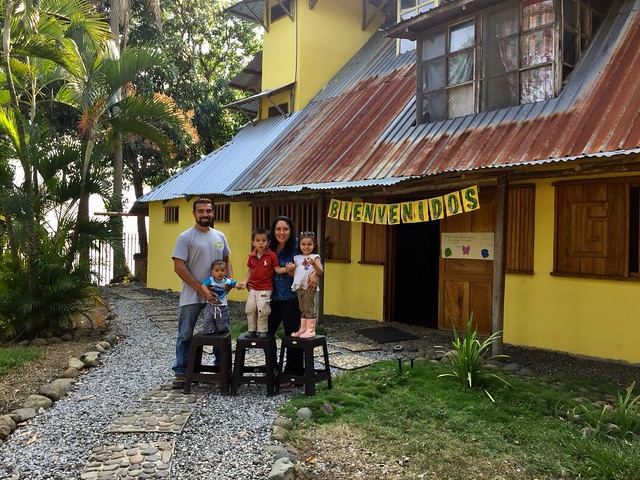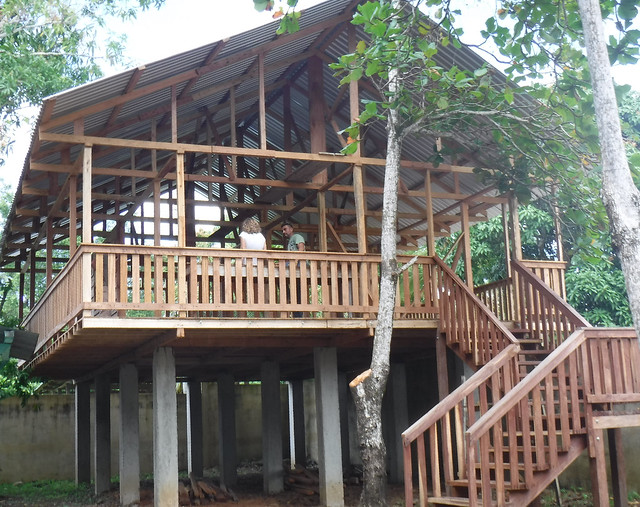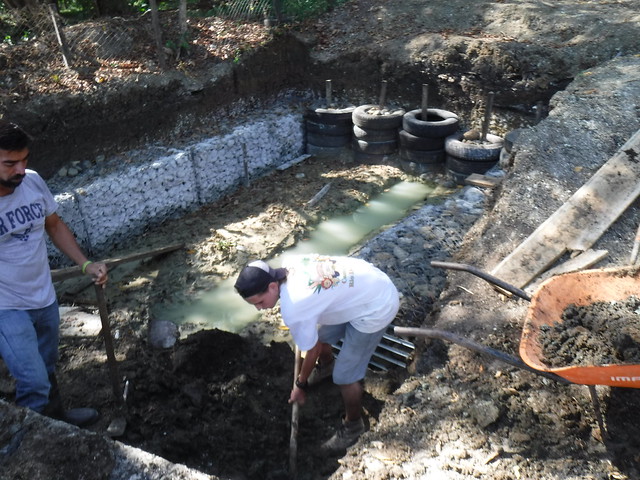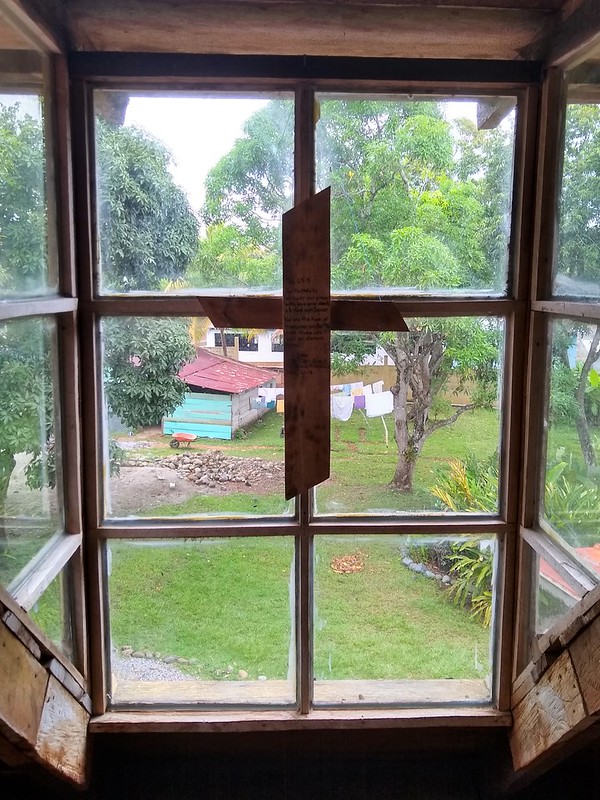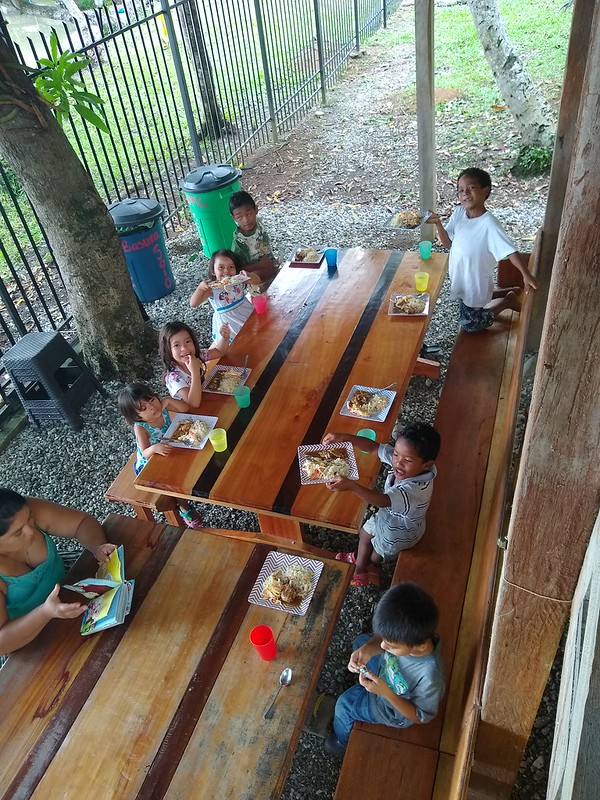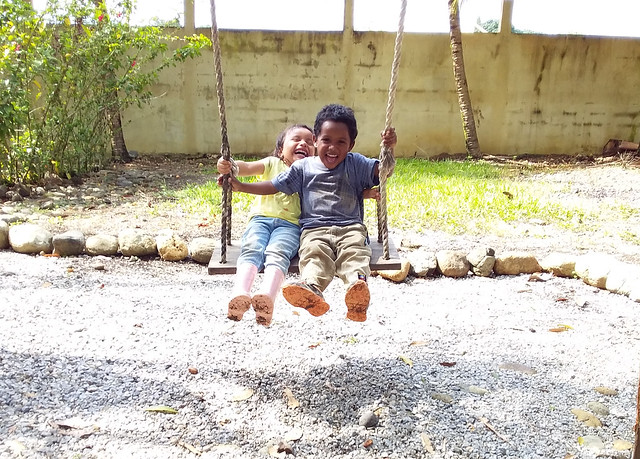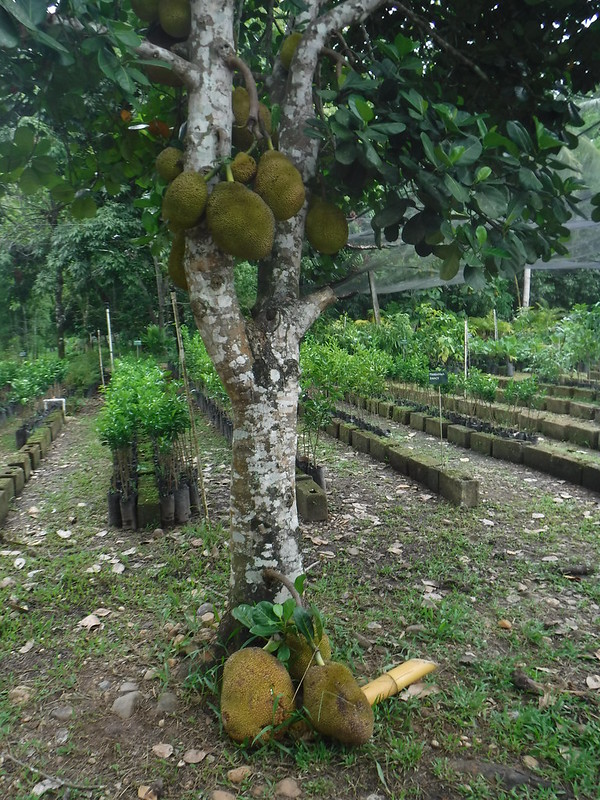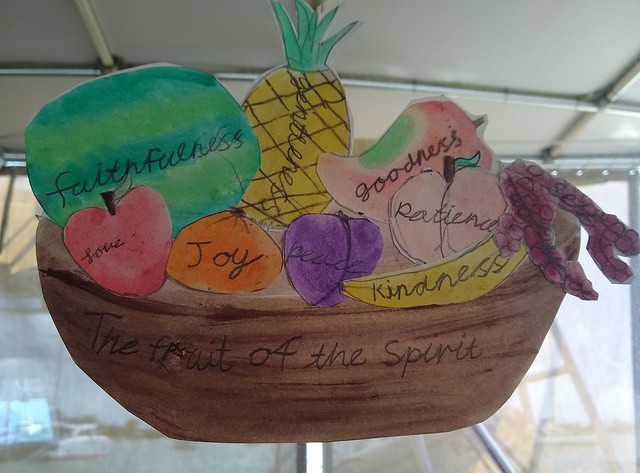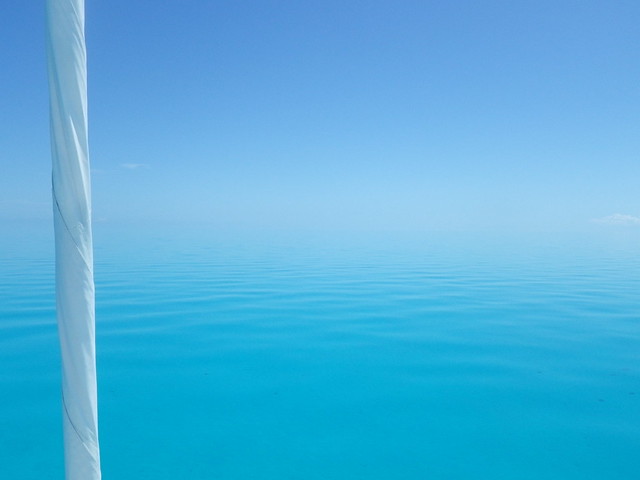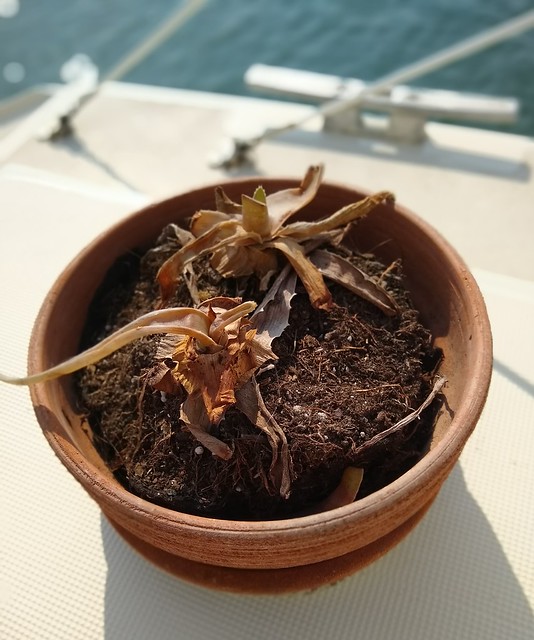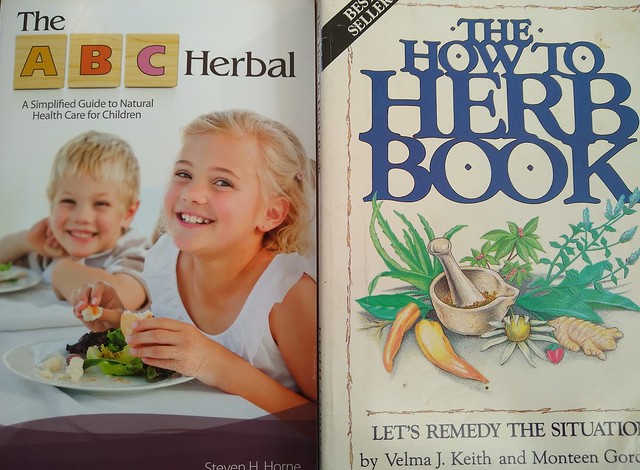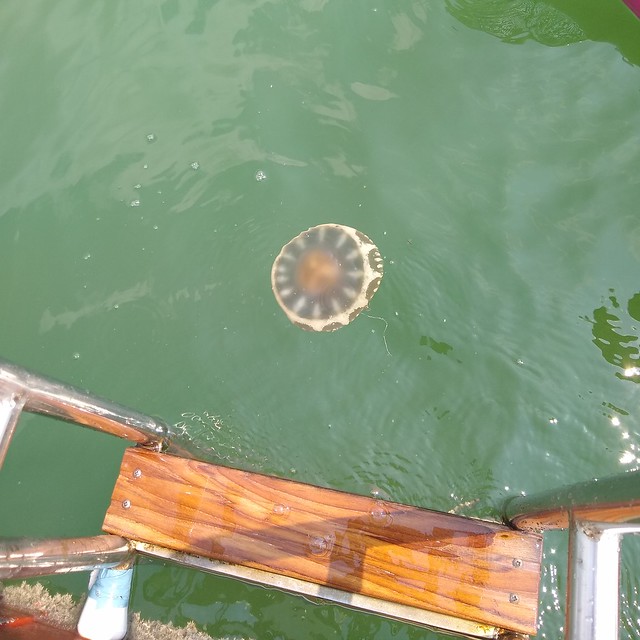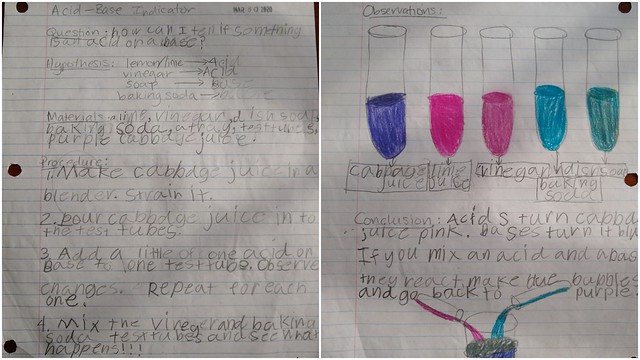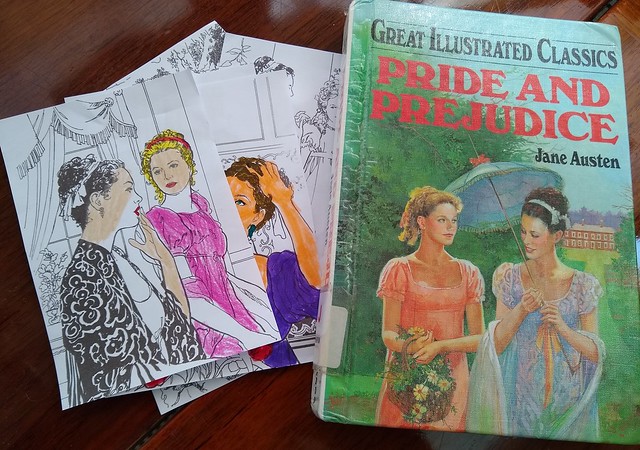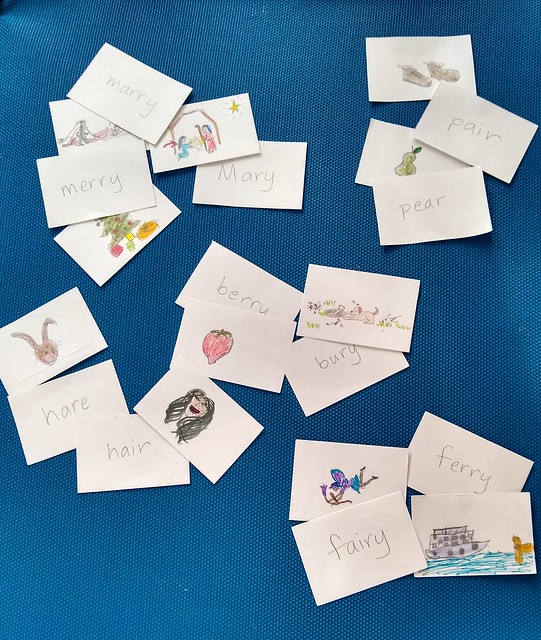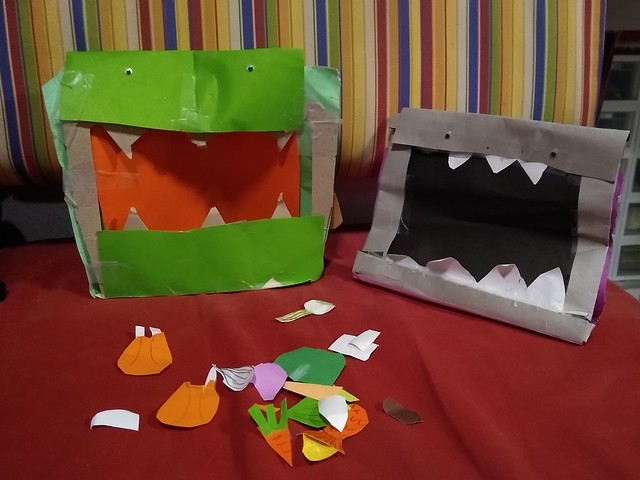“Vision is the art of seeing what is invisible to others.” —Jonathan Swift
I don’t know what Gail Gordon saw or felt when she first stood on the property that is now Casa Agua Azul, a home for abused and abandoned children on the shores of Lake Izabal in Guatemala, but it must have been powerful. I don’t know how, short of many miraculous coincidences, she’s been able to share her vision with the right people at the right time to make what was once a wisp of an idea into a solid place where children run laughing through the garden. And I don’t know how God will continue to sustain it and provide for the house parents and staff, and the seventeen children in their care, but I know that He will.
I know how I felt, the first time I met Gail four years ago at a Wednesday morning Bible study I attend when our boat is moored in the Florida Keys: intrigued. She was asking for prayer about plans for a property she had purchased, and about the endless difficulties of getting it cleared, cleaned up, rebuilt, funded, licensed, staffed, and operational as a children’s home. I took note but had no way of knowing how important that little piece of information would be to me, or how God can multiply one small act of faithfulness. When we found ourselves sailing into the Rio Dulce for hurricane season in 2018, I thought we were coming to Guatemala get our boat painted. I guess I forgot that God’s plans are always bigger than our own.
In October of 2018, as I walked through the gates of Casa Agua Azul, I was incredulous. I had seen photos from when friends of ours, fellow sailors Eric and Annie, had gone to Guatemala to help clear the land—back when it was abandoned and being used as the village pigsty. The place I saw was a hive of efficient and cheerful activity: a large clean building had been renovated and was ready for its first inhabitants, women were preparing lunch in the kitchen, and a team of missionaries was building private quarters for the house parents, Jerry and Griselda. People were moving rocks, working on pathways, and creating beautiful green-spaces under the mango trees.
I remember the people I met that day, the prayers for Jerry an Griselda, and the conversations about vision. I myself had a vision that day. While looking at the house, I saw many beautiful murals and scriptures that had been painted on the walls by volunteers. An empty wall on the second floor beckoned—and I imagined what I would paint if ever given the chance. I don’t know why I even had that audacious thought—that I would paint a mural! I had never painted art on a wall before, but I got a picture in my mind of what it would look like completed.
In September of 2019, I flew back to Guatemala to visit a friend who was having a baby. I spent a day at Casa Agua Azul, playing with the kids and visiting with people who, a year before, had been strangers to me, and were now like family. I barely recognized the property as I stood on the porch of Jerry and Griselda’s finished house: there was a playground, a covered visitors’ pavilion, a boat slip (dug in part by the hands of my own boys), a lovely garden with pebble pathways. There were now a dozen children there—laughing, playing, arguing, running around, doing all the things normal children do.
I spent the day helping in the kitchen, reading stories to children, racing matchbox cars on the floor, and singing songs in Spanish and English, sharing my ukulele with small, eager musicians. During the ten months we had lived in Guatemala, our connection to this place had grown from mild interest to full-blown engagement. Our boys had been volunteering every weekend doing physical jobs around the property, digging in the muddy pit that would someday be a boat slip, hauling rocks, doing odd jobs—whatever was needed. A fellow boat-kid, Deon, often went with them, and several of my friends from the marina had come to visit, to see what it was we were so excited about.
We became friends with Jerry and Griselda, sharing meals at the house and on our boat. We celebrated the arrival of the first children at the home, Sofia and Otto, and watched Otto grow from a small and sickly baby to a healthy and happy toddler. After sharing my mural idea with Gail on one of our visits, I spent a month of Sundays with my nose to the wall, dabbing paint, and meditating on the scripture that is now written there: “How lovely on the mountains are the feet of those who bring good news” (Isaiah 52:7).
In a country with desperate poverty, a history of genocide, child trafficking, and rampant abuse and neglect, a safe place for children is good news indeed. And I got to witness it happening in real time. When our boat motored slowly out of the river in April of 2019, we felt as if we had left a little piece of ourselves behind. Being a part of Casa Agua Azul changed us from estranjeros into familia and made us feel at home in Guatemala.
When I visited in September, I found a treasure on the third floor: a simple wooden cross hanging in a window with an inscription that reads: “You faithfully answer our prayers with awesome deeds, Oh God our Savior. You are the hope of everyone on earth, even those who sail on distant seas” (Psalm 65:5 NLT). It was a token left by Eric and Annie, and they couldn’t have known when they wrote on those scraps of wood how God would answer their prayers, or how He would give hope to these children, but they were a part of something bigger than themselves.
This is what it means to have vision: to get a glimpse of what could be and act in faith so that what is imagined can become real.
It has been one of the greatest privileges in the traveling life of our family to be a part of Casa Agua Azul. On our journey, we have seen such heartbreaking poverty: the ravages of systemic inequality, greed, human selfishness, war, ignorance, and environmental damage. We sometimes feel powerless in the face of the forces that shape our world and that push so many to the edge of survival. When we can, we help in small ways, but it is in partnering with ministries like Bluewater Surrender that we see the power of good multiplied. It is one thing to give financially, and entirely another to participate personally, to put our hands to work, and to engage with our hearts. Both are needed.
Since Gail first shared her vision for that property on the lake, many have come alongside her to support the growth and maintenance of Casa Agua Azul. I’m writing this with the hopes that you too will want to participate and to help meet the needs of 17 at-risk children. Normally, there is a large fundraiser this time of year that helps sustain the children’s home—and though they can’t hold the event, the needs haven’t changed; if anything, they have grown. But the work being done in Guatemala is crucial for breaking the cycle of poverty and abuse for the kids that call Casa Agua Azul home. Investing in children by placing them in a family setting where they can experience unconditional love offers the potential for real change. I know that what gets donated to Bluewater Surrender goes directly to caring for the children at Casa Agua Azul. I have witnessed the transformation firsthand, and I have seen how the vision is carried forward: one step at a time, with prayer and hard work, and partnership.
Vision means seeing where God is already at work, joining that work, and becoming the answer to our own prayers.
Will you join our family in supporting Blue Water Surrender and the Casa Agua Azul? Whether you make a one-time gift or offer monthly support, you’ll be a part of something bigger than yourself.
For more information or to donate directly, go to https://www.bluewatersurrender.org/
Book recommendations:
- In Pursuit of Orphan Excellence by Philip Darke
- When Helping Hurts: How to Alleviate Poverty Without Hurting the Poor…and Yourself by Steve Corbett and Brian Fikkert
- Becoming the Answer to Our Prayers: Prayer for Ordinary Radicals by Shane Claiborne and Jonathan Wilson-Hartgrove
- Little Princes: One Man’s Promise to Bring Home the Lost Children of Nepal by Conor Grennan


